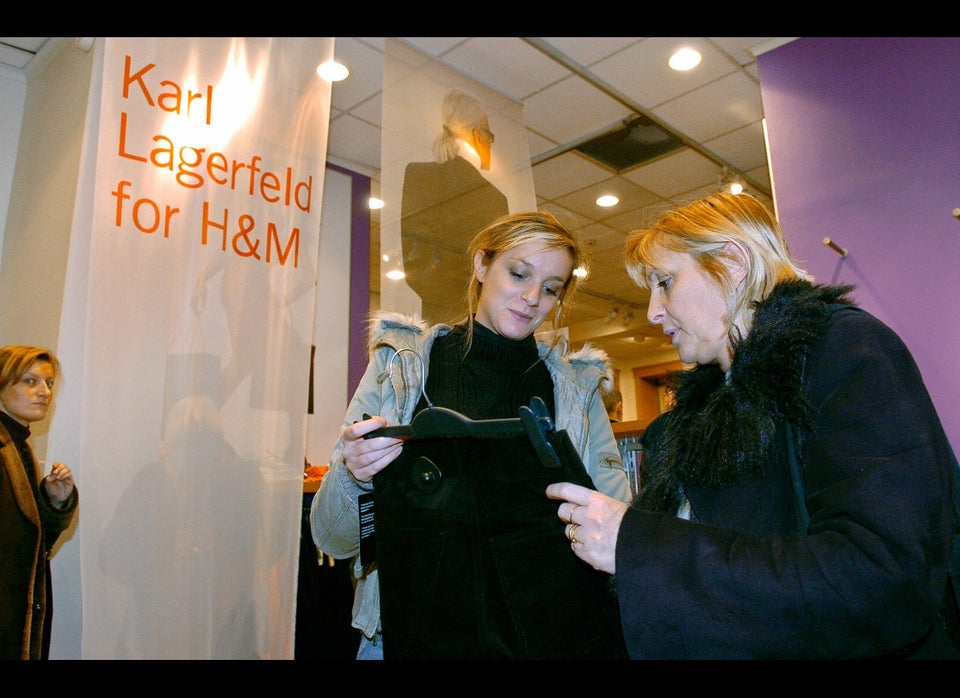
Do you consider yourself a shopaholic? Author Elizabeth Cline used to. Like one of those shopping-obsessed characters from a Sophie Kinsella chick-lit novel, the New Yorker had enough clothes in her closet to fill an ocean liner. But in the summer of 2009, after buying seven pairs of identical flats for $7 at a local Kmart, the budget fashionista decided to take a closer look at her seemingly savvy shopping habits.
In her book "Overdressed: The Shockingly High Cost Of Cheap Fashion," Cline dissects the current state of global fashion production and consumption, putting America's habits into a pretty dim perspective. We got our hands on a copy and devoured it from cover to cover. In the wake of news of yet another highly-anticipated H&M collaborator, we thought it would be fitting to share ten things that we learned from Cline's fashion epiphany:
- There are no trends anymore. According to Cline, gone are the days of discernible decades. While the '80s had hammer pants and the '90s had crop tops, the rise of "fast fashion" has made it so that those who came of age post millenium will be without a quintessential embarrassing trend.
Obviously, there's a lot to take in. While we're not about to buy a sewing machine and start creating patterns for our next date-night dress, we'll definitely think twice before buying yet another blazer.
"Overdressed: The Shockingly High Cost Of Cheap Fashion" will be available June 14th.
As you let this information sink in, take a stroll down memory lane with some big budget designer collaborations.
